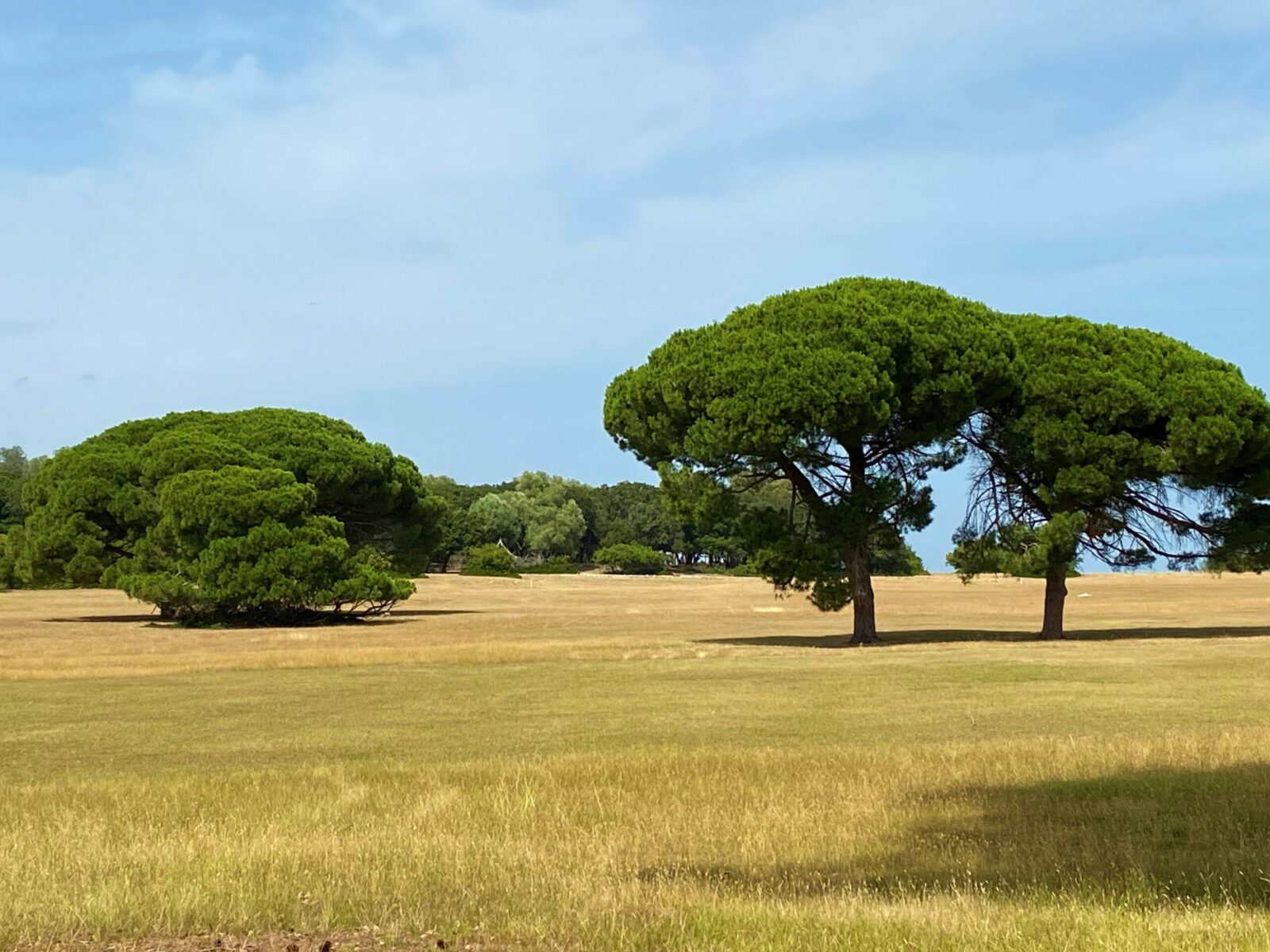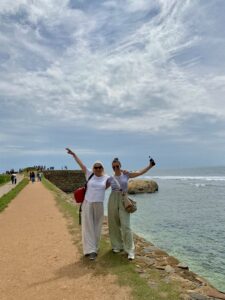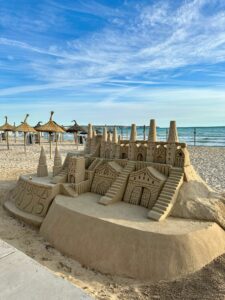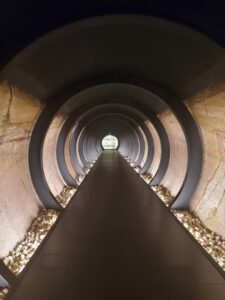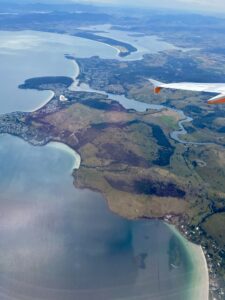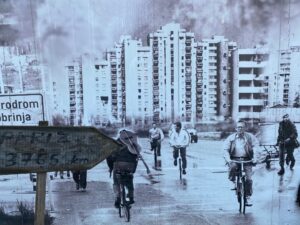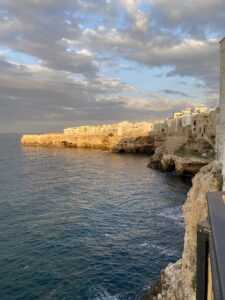The wonderful nature of the perfectly preserved Mediterranean vegetation, endless meadows and glades where fallow deer and mouflons graze carelessly, peacocks spreading their beautiful tails, the song of birds whose music echoes in the swampy area along with fantastic archaeological sites, through the history of the island when it was ruled under Austria-Hungary, which considered Brijuni as a fashionable summer resort, which lasted until the Italians and then Tito – who used it as a place for summer vacations receiving numerous statesmen, today represents an incredible national park declared “paradise on earth”. Welcome to Brijuni!
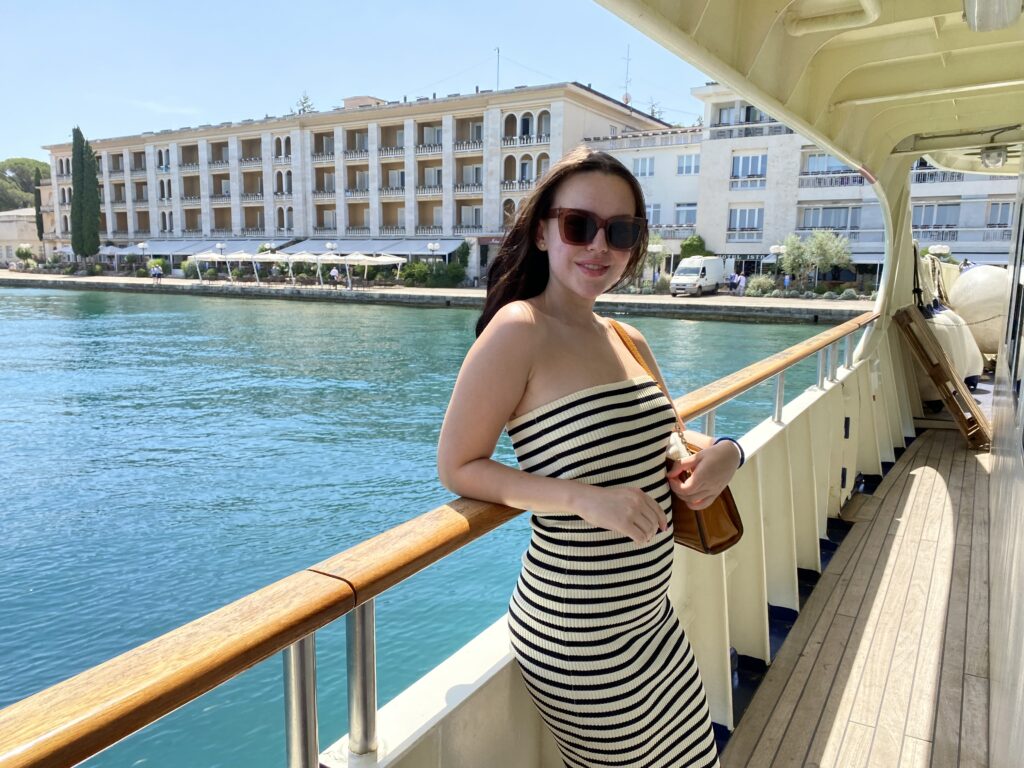
BITS ABOUT THE ISLAND
The Brijuni archipelago is located along the west coast of Istria and represents the most beautiful archipelago in this part of Europe, consisting of a total of fourteen islands, islets, and rocks on an area of 3395 hectares, two of which are open to the public and can be reached by a fifteen-minute boat ride from Fažana.
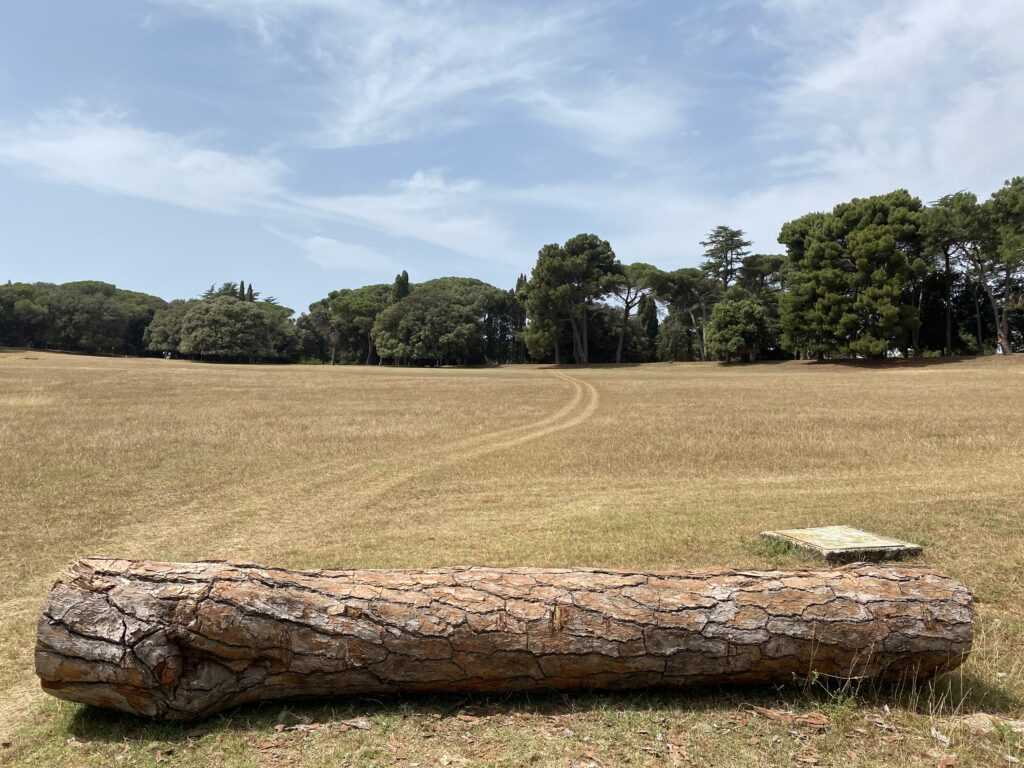
The beautiful nature has been fully preserved, the greenery of pine trees and Mediterranean vegetation covers the surface of Veliki Brijun, which is the largest island, and you can walk along the numerous paths that stretch through all its parts, drive in an open electric car, bike, or have a guided train ride.
The most developed and popular are the islands of Veliki Brijun with 25.9 km and Mali Brijun with 8.3 km, which enchant every traveler with their beauty and give the impression that time stands still, you forget the hours and days of the week, and you completely let yourself flow gently along the river of life, enjoying divine natural art.
There are several archaeological and cultural sites on the islands, and as many as four locations on Veliki Brijun, which reveal more than two hundred dinosaur footprints from the Cretaceous period.
The mild Mediterranean climate with a lot of sun and heat and a lot of moisture in the air gave the islands a phenomenal climate, coloring them dark green, full of oxygen and aerosols, when you are united with nature you get much more than what you are looking for and want to stay forever.
With 2,350 hours of sunshine per year and an average sea temperature between 22 and 25 °C in the summer months, it is an ideal destination for enjoying and exploring the riches of the island, which abounds in museums, archaeological sites, and surprising localities.
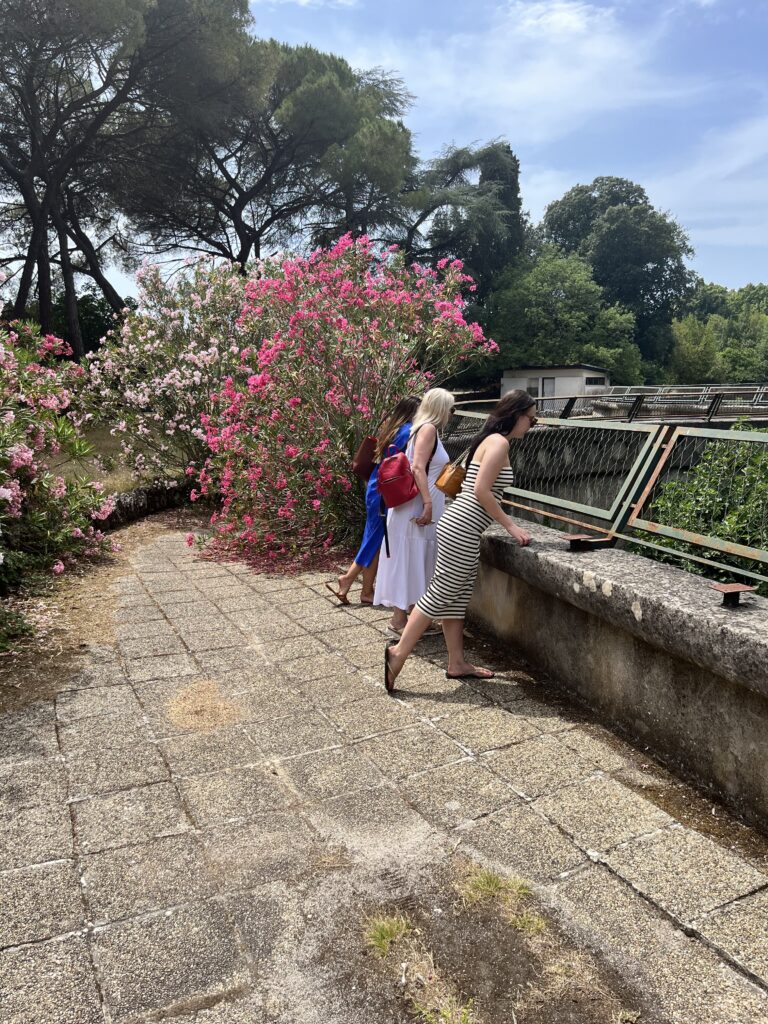
HISTORY IN A NUTSHELL
Brijuni has a rich history that goes back to the third millennium BC when ethnically unknown inhabitants lived on the island engaged in farming, cattle breeding, hunting and fishing, making weapons and tools from stone, bone and wicker.
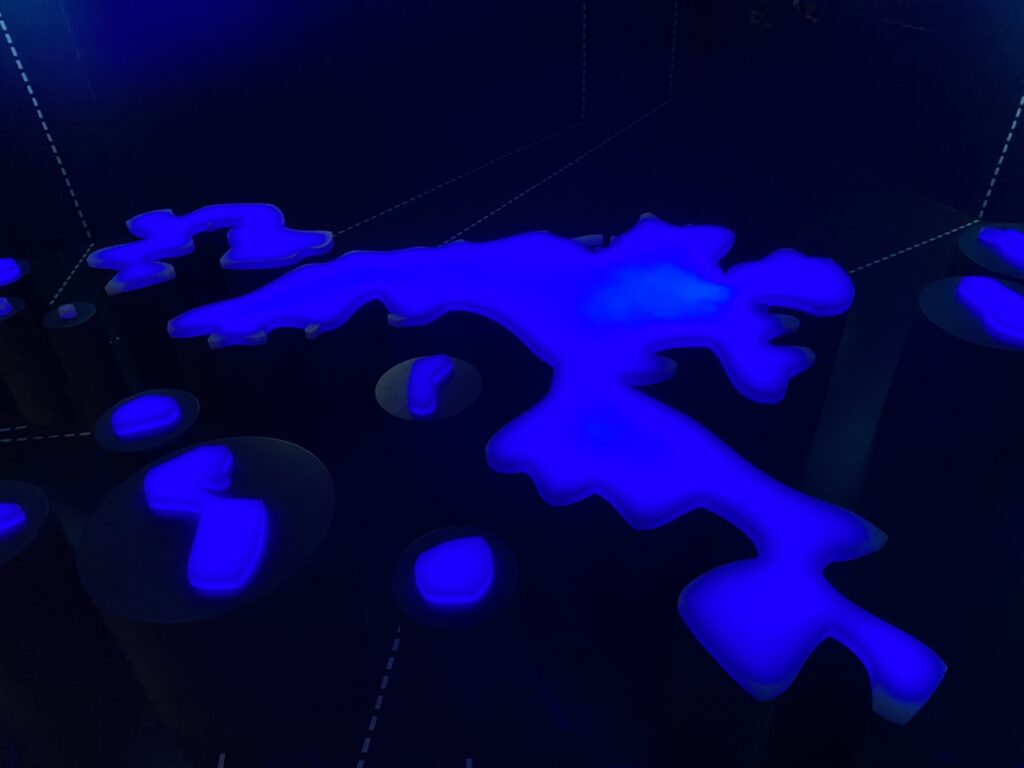
The Illyrian tribe Histri, after whom Istria gets its name, lived on the islands at the time of the Aegean Migration.
Brijuni were called Pollariae or Pullariae by the ancient Greeks, and later they were called Brioniano, which translates to today’s Brione or Brijuni.
The islands had several ancient Roman settlements, but until the late 19th century they were mainly used for quarries that worked for centuries, and in the Middle Ages under Venetian rule, stone from the island was used to build Venetian palaces and city bridges.
Witnesses of these times are still visible today, such as the Roman country villa with thermal baths and the Temple of Venus, the Byzantine castrum and the Basilica of St. Mary and the church of St. German from the 15th century.
The most significant period of development was in 1815, when the islands became part of Austria-Hungary, and the quarries supplied Vienna and Berlin. By building a naval base in the port of Pula, the Austrians built a strong Fort Tegetthoff on Veliki Brijun, which is a large circular fort located in the center of Veliki Brijun, but its viewing is not allowed and is closed to the public.
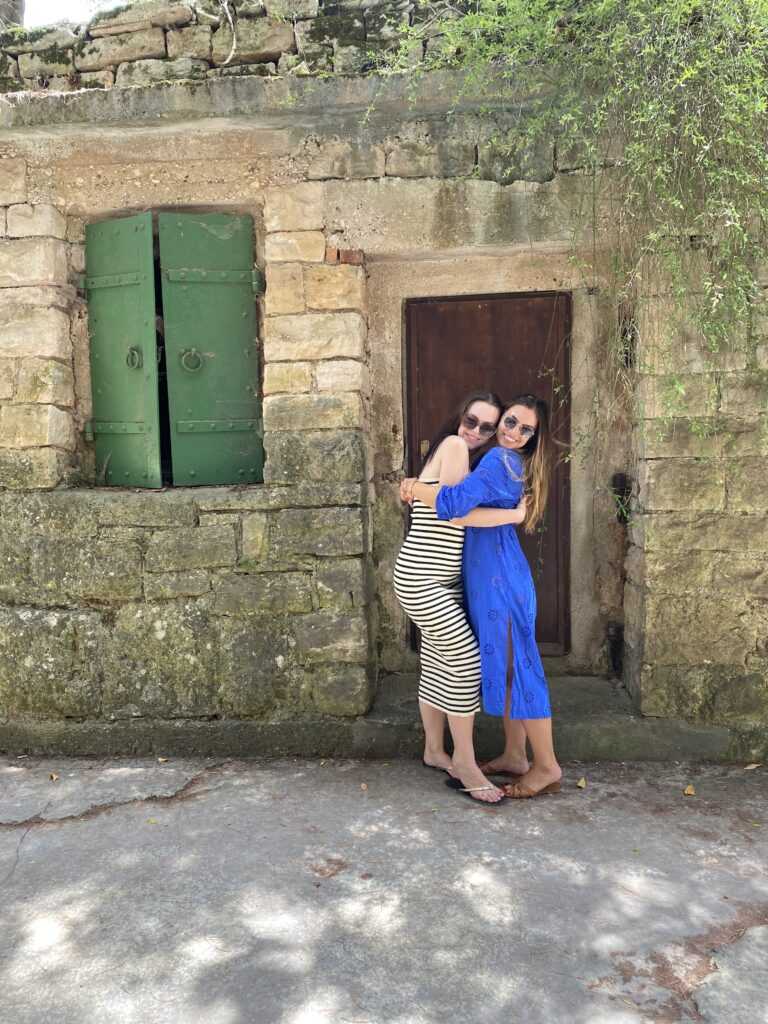
When the Austro-Hungarian navy left the fortress in 1894, the Viennese business magnate Paul Kupelwieser bought the entire archipelago and created an exclusive summer resort and bathing area, and in 1900 he invited the famous microbiologist Robert Koch to conduct his malaria eradication experiments on Brijuni. Koch and his colleagues were successful, and in 1901 the island was declared free of malaria.
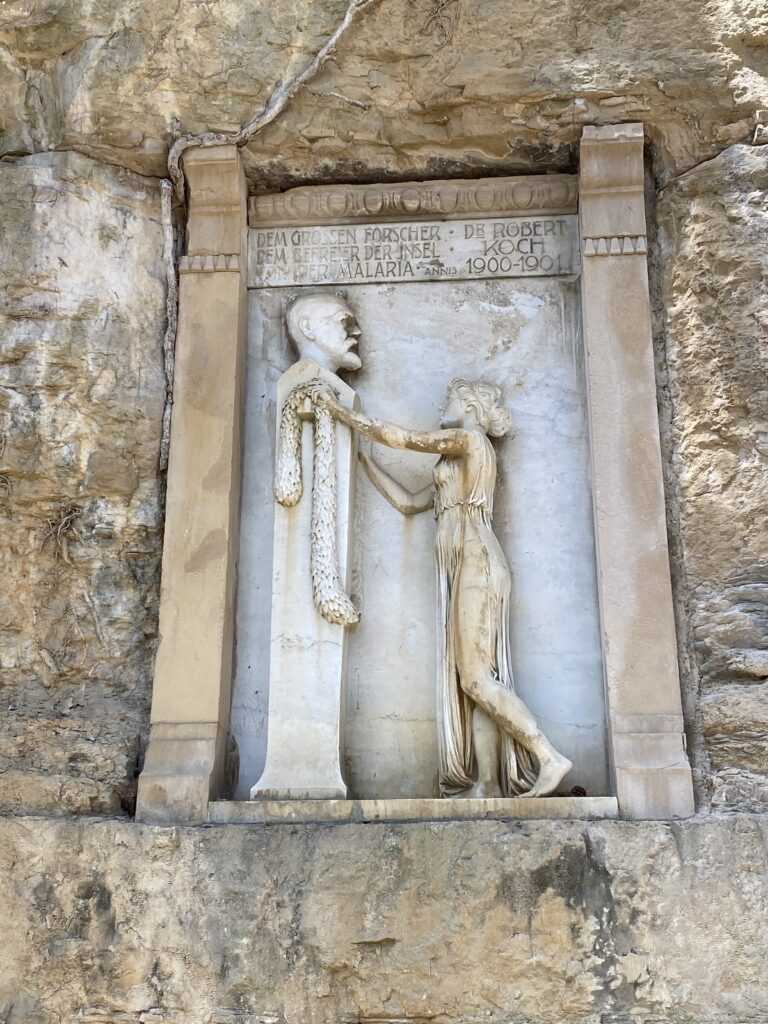
Kupelweiser built first-class hotels, restaurants, casinos, palaces, and yacht harbors making Brijuni a focal point of social life with a sailing regatta, golf course and regular concert and literary events and one of the most popular destinations of the Viennese upper class and visited by members of the imperial family, European bourgeoisie and aristocrats.
After the First World War, they became part of Italy, and the heir and son of the founder of the estate, Karl Kupelwieser, tried to restore them to their former glory and revive their glory, but he was unable to do so due to the global economic crisis, which is why he committed suicide.

In 1930, the Italian government acquired ownership of the islands and they were part of the Italian system until the capitulation in 1943. After the Second World War in 1945, they became part of Yugoslavia, and President and Marshal Josip Broz Tito made Brijuni his personal state summer residence.
After Tito’s death in 1980, Brijuni on 27.10.1983. declared the National Park of Yugoslavia.
One of the most important events comes from 1956, when Egyptian President Nasser, Indian Prime Minister Nehru and Yugoslav President Josip Broz Tito met in Brijuni to discuss about opposition to the Cold War, which ideas crystallized as the Non-Aligned Movement with the signing of the “Brion Declaration”.
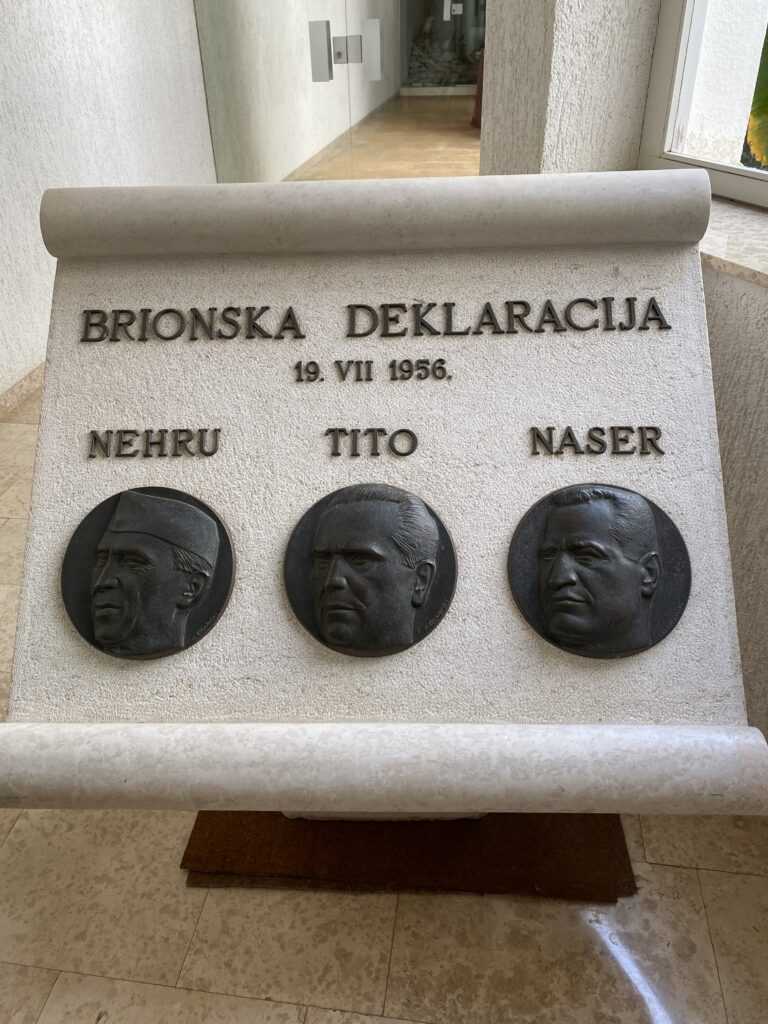
In 1991, the Republic of Croatia gained independence and made the Brijuni Islands an international conference center, and four hotels on Veliki Brijuni were reopened.
NATURAL BEAUTY OF BRIJUNI
Nature is the home of every human being, and beautifully maintained green parks bordered by the sparkling, blue Adriatic and planted with century-old pines exude a prehistoric splendor, which is why they are often called “heaven on Earth”.
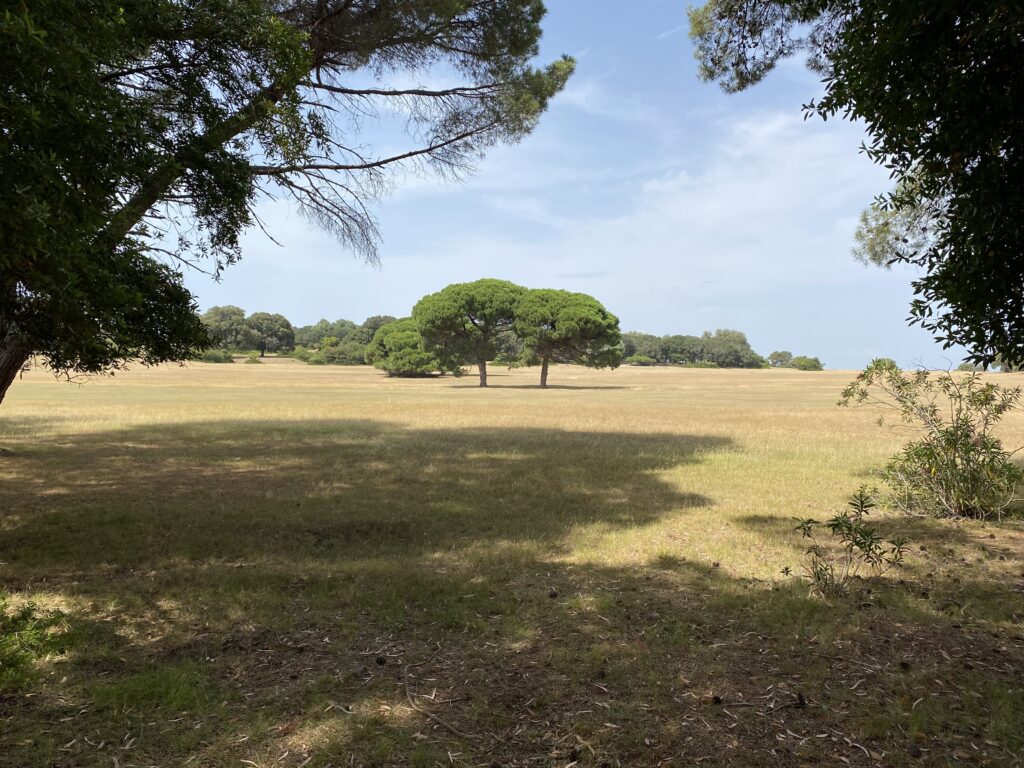
Beautiful holm oak forests interwoven with laurel bushes and coniferous trees emit a special, positive vibe, while bamboo forests proudly rise to the sky, huge cedars create perfect shade, and cypress rockets line the beautiful avenues. Many exotic plants are preserved on the island, which Tito received as a gift from foreign statesmen.
Some endangered plant species of Istria such as sea poppy, wild cucumber and some types of grass are spread over the islands and grow freely in nature, and the most beautiful forest is located east of the Bijela Villa towards the Safari Park.
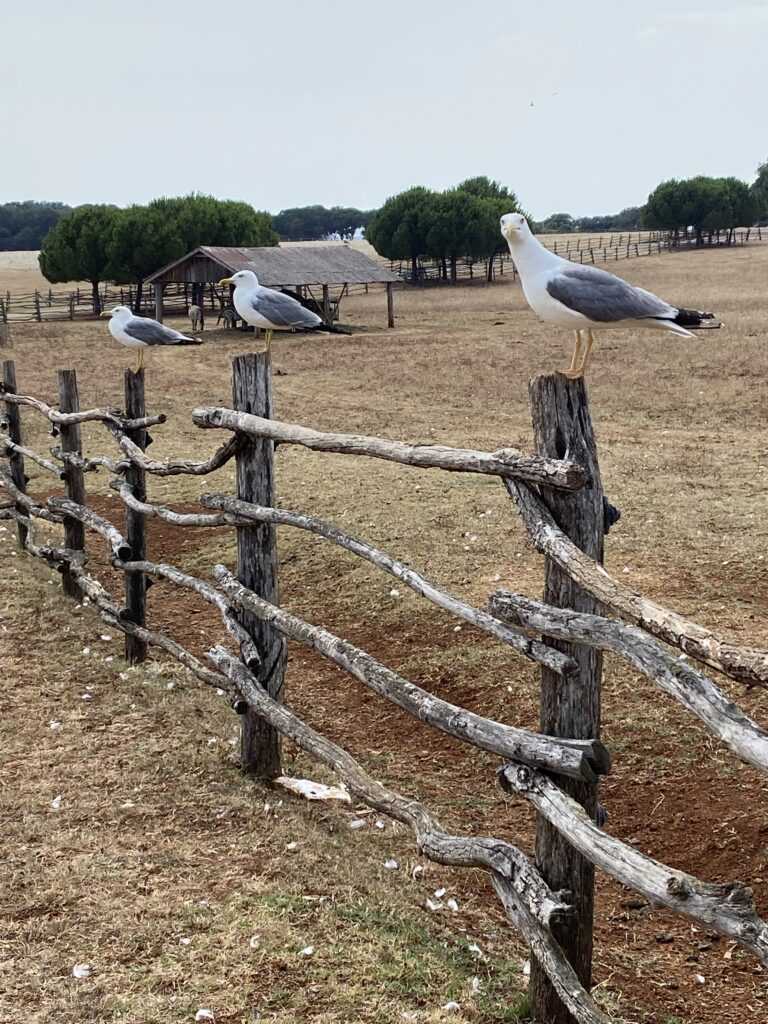
SAFARI PARK
One of the most visited places is the animal park where, in addition to native species, there are many animals that are not related to this habitat but have adapted very easily thanks to the ideal microclimatic conditions.

In the interior, there is also an ethno park with autochthonous species typical of the Istrian household, such as Istrian sheep, goats, donkeys and the famous Istrian boškarin cattle, an autochthonous protected Croatian breed of large cattle where the oxen reach a weight of 1100 to 1300 kg.
Numerous deer, mouflons, rabbits and fallow deer arrived on Veliki Brijun at the beginning of the 20th century and today they freely roam the island, adorning glades, parks and forests, creating the magnificence of Brijuni’s identity.
On a large area of 32,000 m2, there are three marshy lakes with many nesting sites for all kinds of songbirds that enliven the moments with their song and chirping, following you into the distance as you walk through paradise.
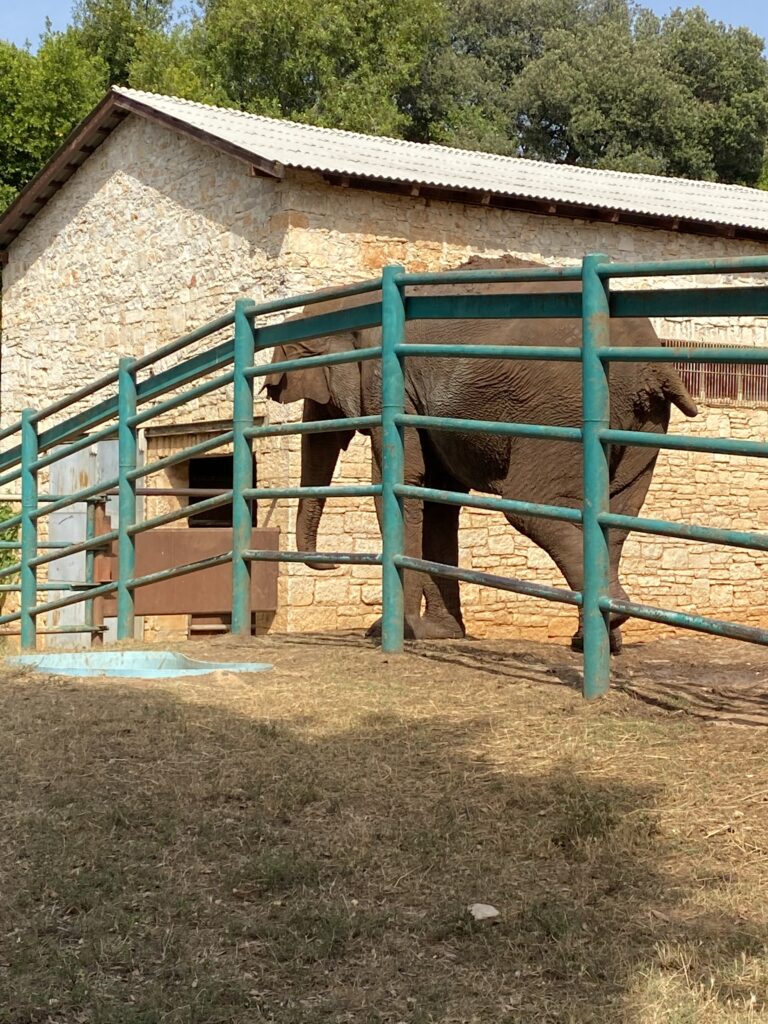
In the Safari Park, there are animals that were given to Tito by various statesmen, including two Indian elephants, Sony, and Lanka, that were given by Indira Gandhi. Sony, who was gifted to Tito in 1970 as a two-year-old elephant, died in 2010, and Lanka is still located in Brijuni.
Tito received the plain and mountain zebra as a gift from the then president of Guinea, Ahmed Sékou Touré.
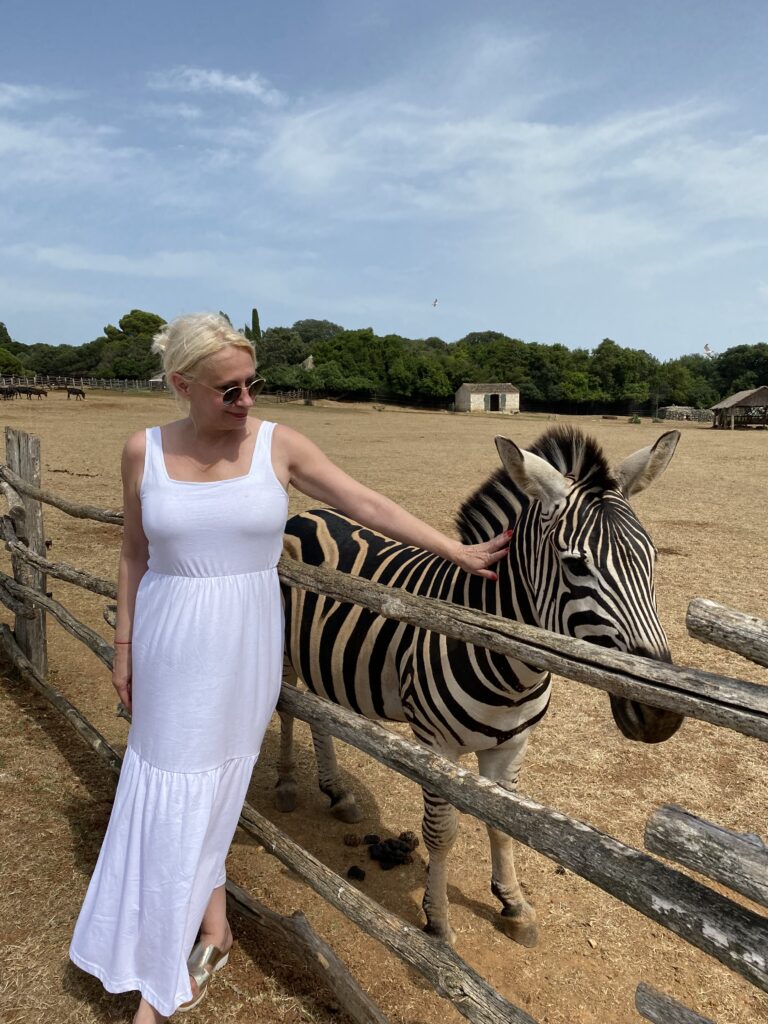
In the depths of the sea, there are some protected species such as sea turtles and dolphins, which often jump cheerfully next to the tourist boat, and periwinkles and dates are protected. In the undersea, rich in sponges, some species were found that have never been seen in the Adriatic.
In this perfectly preserved outdoor time machine, several thousand years of human history and 150 million years of prehistory were recorded when the islands were ruled by dinosaurs, and today everyone can enjoy its beauty.
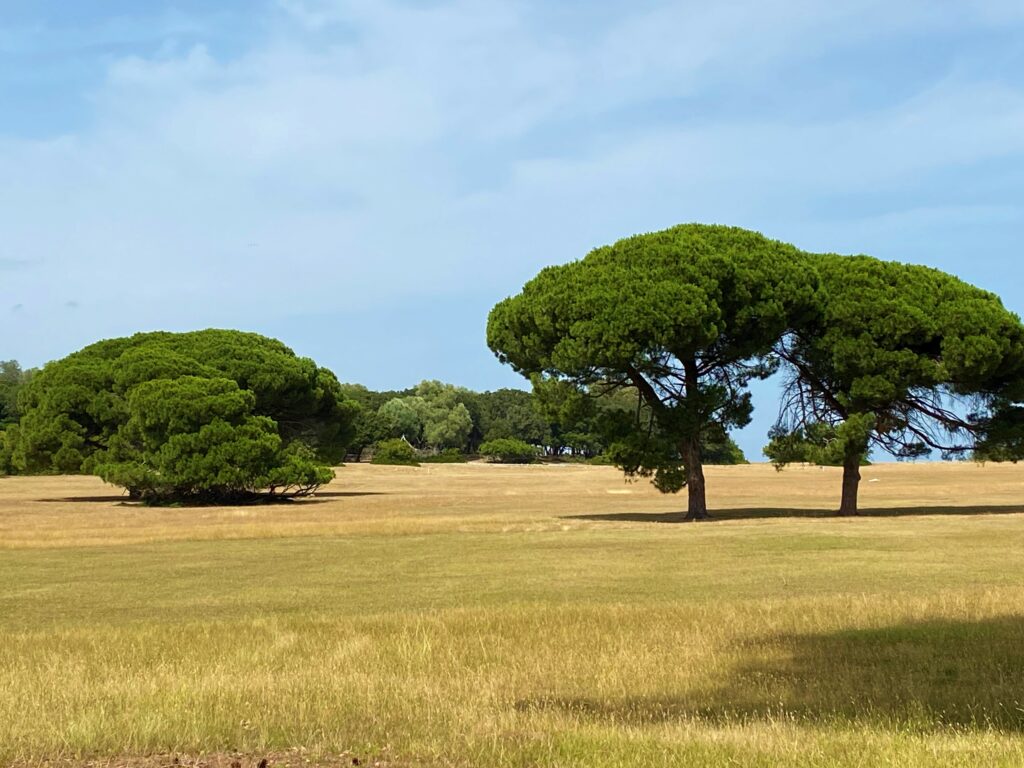
TITO ON BRIJUNI
Tito visited Brijuni for the first time in 1947, and the White Villa became his official residence in 1953. He stayed in Brijuni for an average of four months during the summer, and Veliki Brijun and Vanga were his favorite residences.
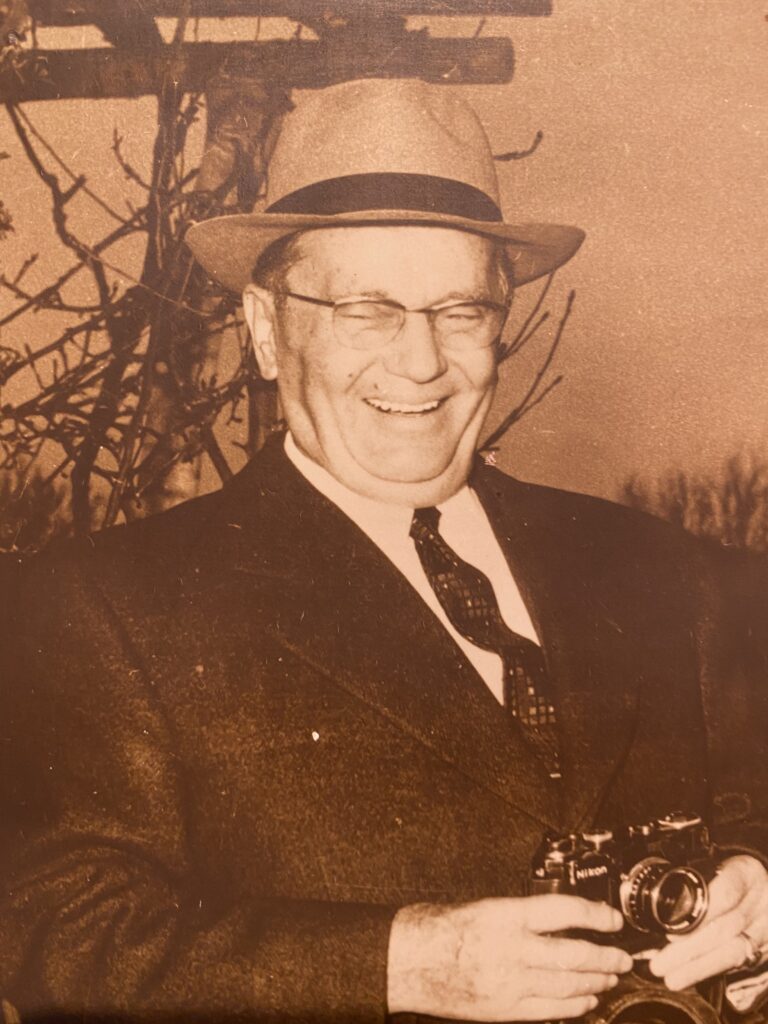
He carried out a significant part of his state and political activities in Brijuni, so in numerous meetings he spoke with the presidents, kings, and emperors of about sixty countries and met with the presidents of governments and ministers of a hundred countries around the world, receiving more than two hundred and fifty foreign delegations and twice as many delegations from the region of former Yugoslavia.
It hosted many statesmen, including the president of Ethiopia, Egypt, Zambia, Ghana, Indonesia, China, Finland, British Prime Minister Winston Churchill, Soviet Union President Khrushchev, French de Gaulle, German Chancellor, Iraqi President Saddam Hussein, Cuban Fidel Castro and many others.

His guests included numerous monarchs such as the Queen of Great Britain, Elizabeth II, King of Jordan, Hussein, Queen Margaret of Denmark, Birendra, King of Nepal, Paul, King of Greece, Sihanouk, Prince of Cambodia, Zahir, King of Afghanistan, Pahlavi, Shah of Iran, Olaf , the King of Norway, the Duke of Luxembourg, the Queen of the Netherlands and many others.
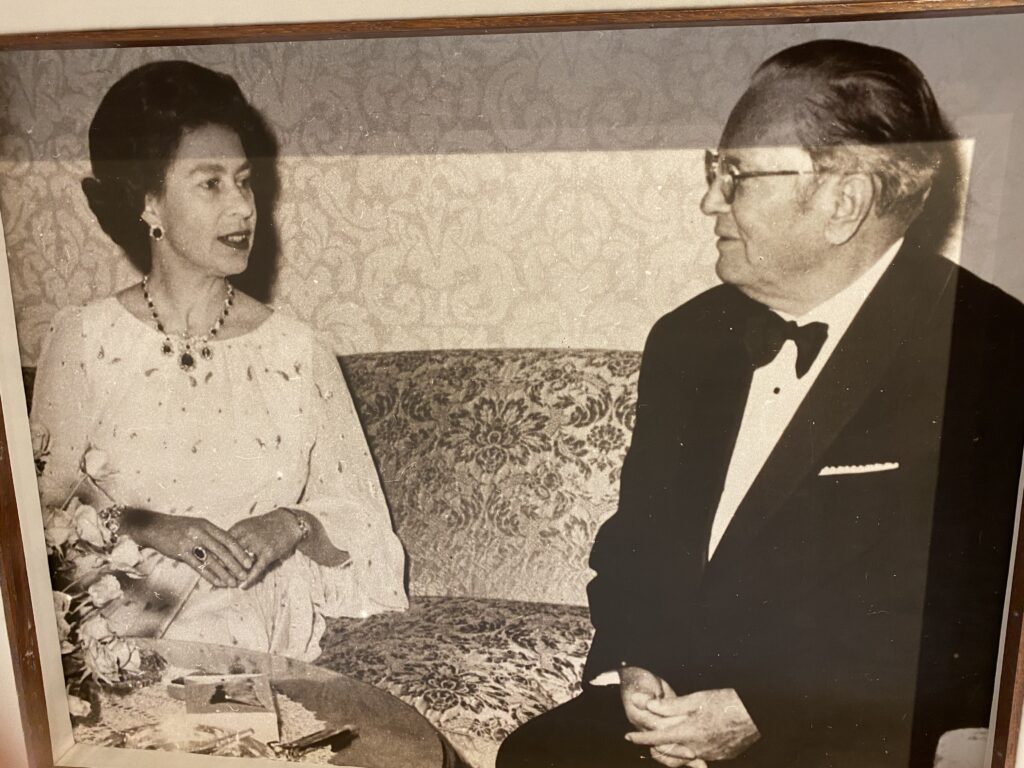
The biggest film and Hollywood stars of the time were also guests such as Sophia Loren, Carlo Pontio, Gina Lollobrigida, Elizabeth Taylor, Richard Burton and many others.
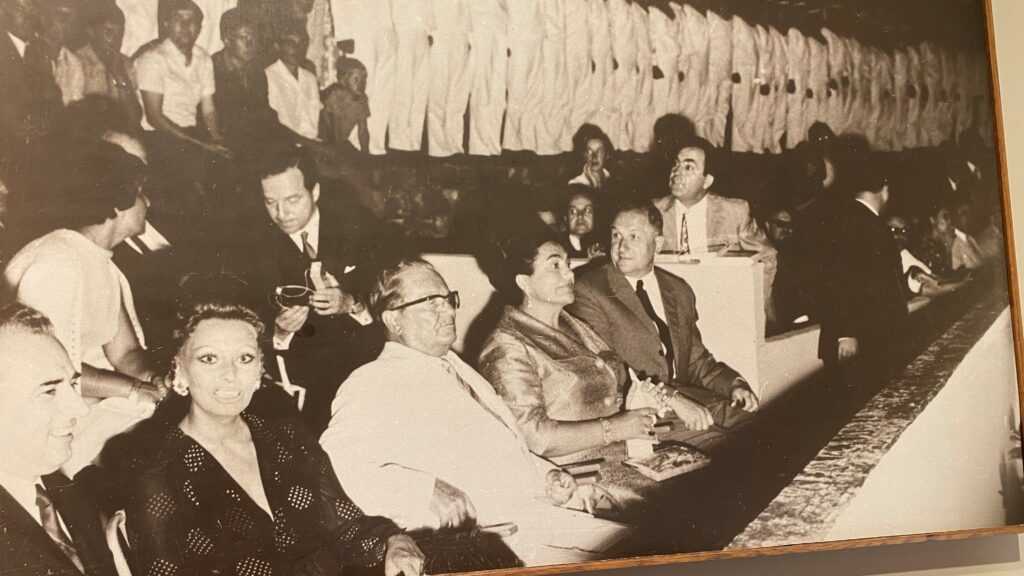
Thanks to 1956 and the signing of the “Brijuni Declaration” at the Tito-Nehru-Nasser meeting, they became famous as the “islands of peace” and the “meeting point of the non-aligned”.
As a lover of nature and animals, Tito advocated for the protection of forests, the arrangement of parks, the cultivation and settlement of habitats, and his knowledge of historical and cultural values contributed to the preservation of monuments and the arrangement of hotel facilities, which is why Brijuni has been completely preserved, becoming a tourist mecca for foreign and domestic tourists.
His last stay in Brijuni was recorded on August 29, 1979. when he went to the 6th conference of heads of state and of non-aligned countries in Havana and died on May 4, 1980.
After his death, Miroslav Krleža, Yugoslav and Croatian writer who is widely considered to be the greatest Croatian writer of the 20th century, wrote: “Tito goes into legend, from where he seems to have arrived.”
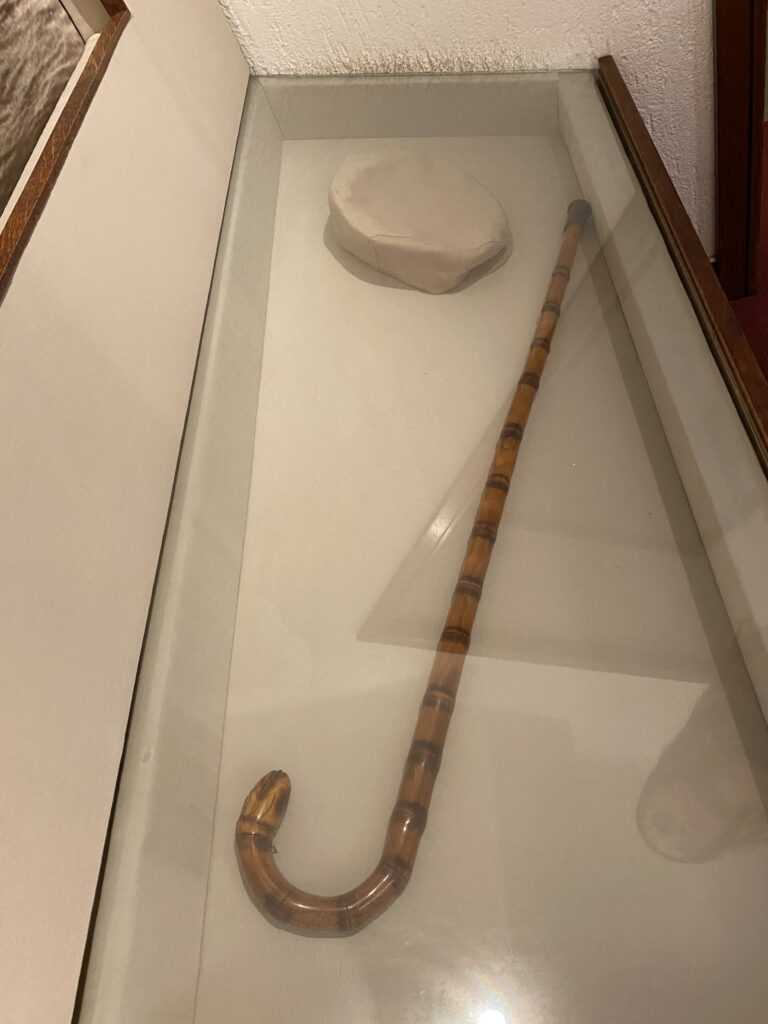
Today, high-ranking officials of the Republic of Croatia occasionally receive foreign delegations in the official residence in the White Villa, which is closed to the public and cannot be seen because it is protected by the army and is occasionally visited by the Croatian president.
WHAT TO SEE IN BRIJUNI?
The natural history collection of taxidermized animals and the photo exhibition Tito on Brioni are just some of the top destinations worth visiting.
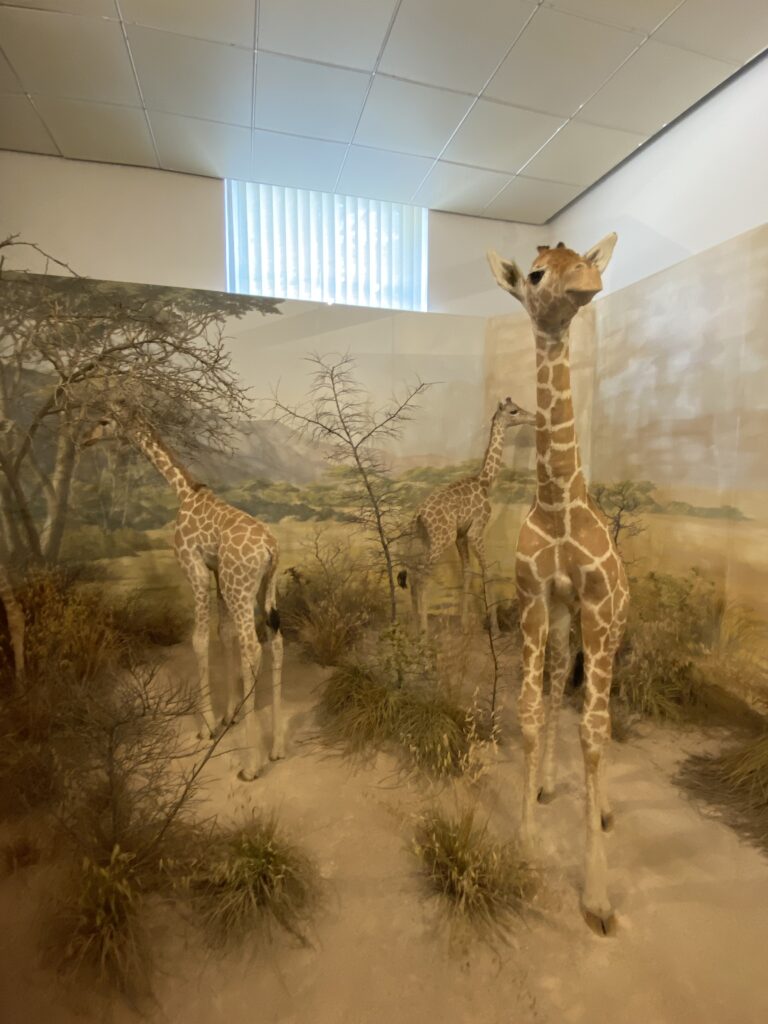
Tito’s famous Cadillac Eldorado was produced in 1953 in Detroit at the General Motors factory and was given to Tito by Yugoslavian emigrants from Canada in the same year. Until 1979, it was driven exclusively by Tito, and as guests, many distinguished statesmen and internationally famous people from the film world rode in it. In the fifties, this luxury car was the pinnacle of technological achievement with power steering, hydraulic roof and window lift, leather seats, fog lights and radio antenna. Today it is displayed in front of the museum.
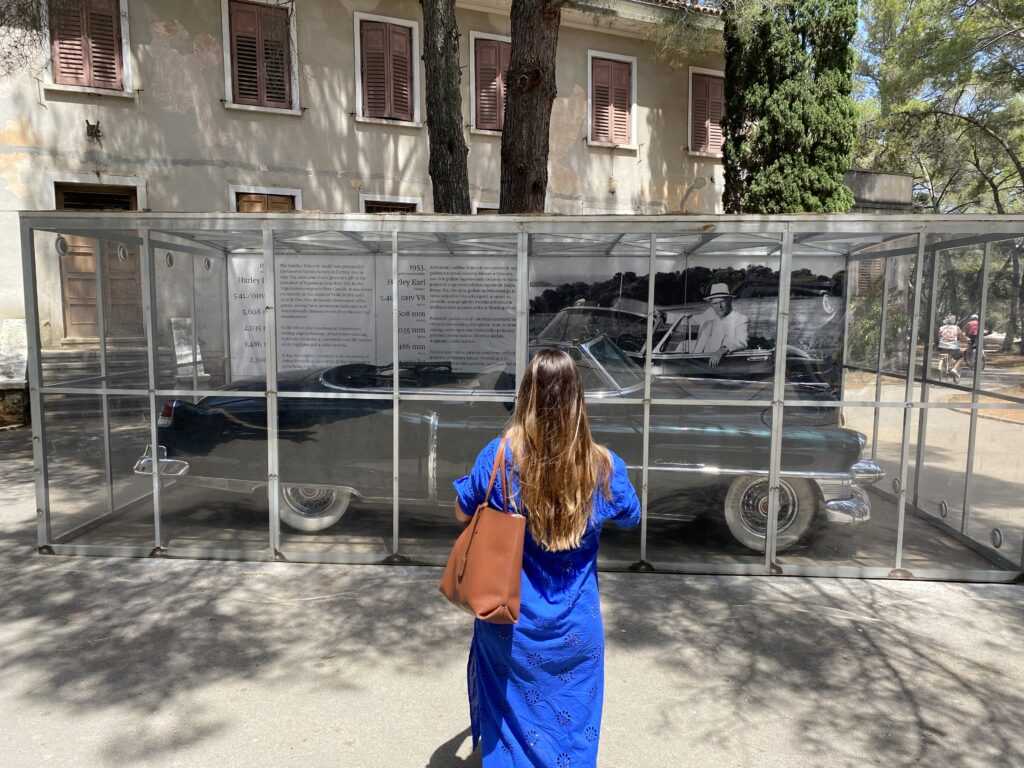
The biggest joker on the island is Koki the cockatoo, which Tito gave to his granddaughter Aleksandra for her ninth birthday, and today he amuses children and charms adults. By socializing with people, he learned several expressions such as: “How are you?”, “What’s your name?”, “Koki”, as well as some words that should not be taken personally. None of the visitors remain indifferent when meeting a beautiful white parrot with a yellow crown on its head, which regularly makes everyone smile.
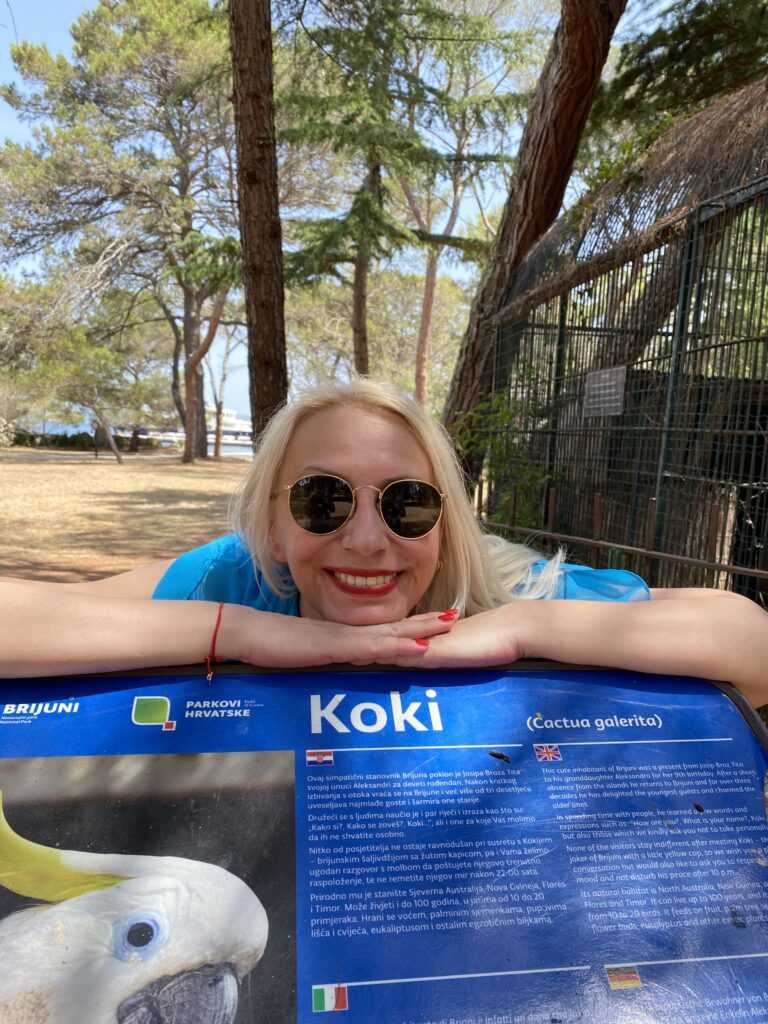
The boat house is a unique building and represents a combination of boat storage and residential house when Paul Kupelwieser hired a well-known construction company from Graz in 1901 to cover the existing boat storage with a reinforced concrete slab on which the apartment was built. At that time, it was a revolutionary technology entrusted to the architect Eduard Kramer, a student of the famous architect Otto Wagner.
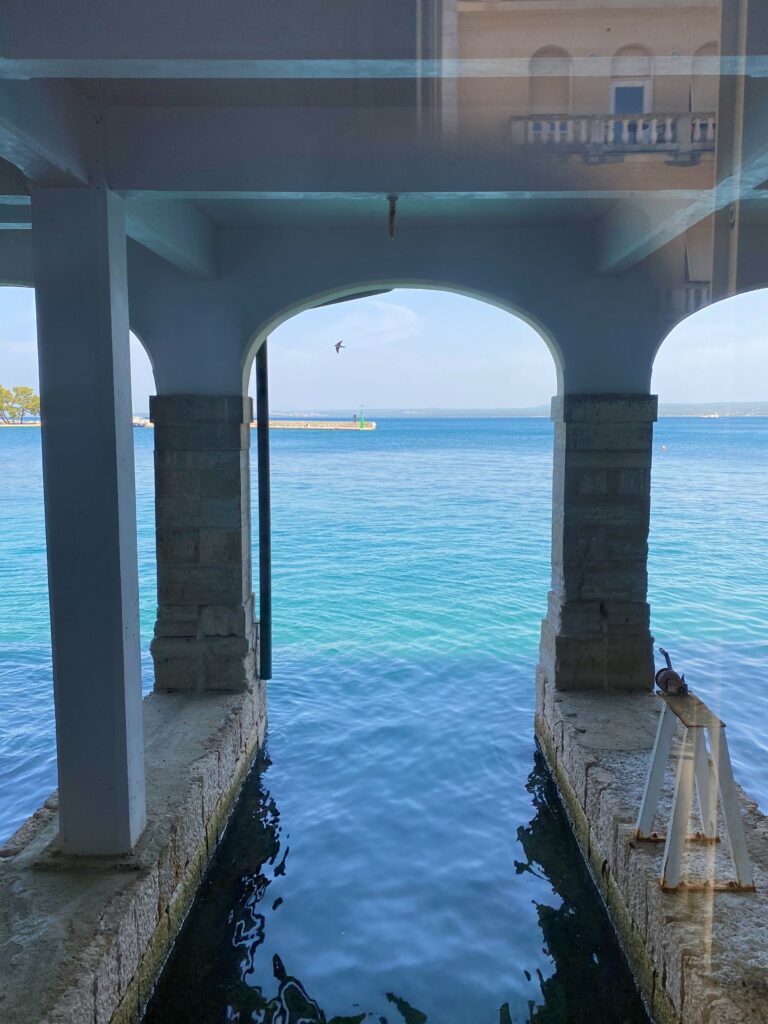
The one-story building seems to emerge from the sea, the ground floor is completely open to the sea with four large ports and openings where boats were prepared. On the mainland side there is an entrance from which a winding staircase leads to the living space. The upper floor is dominated by a spacious balcony with an elegant wrought iron fence. Thanks to minimal adaptations, today the House for Boats is the only entirely preserved Art Nouveau building on the island.
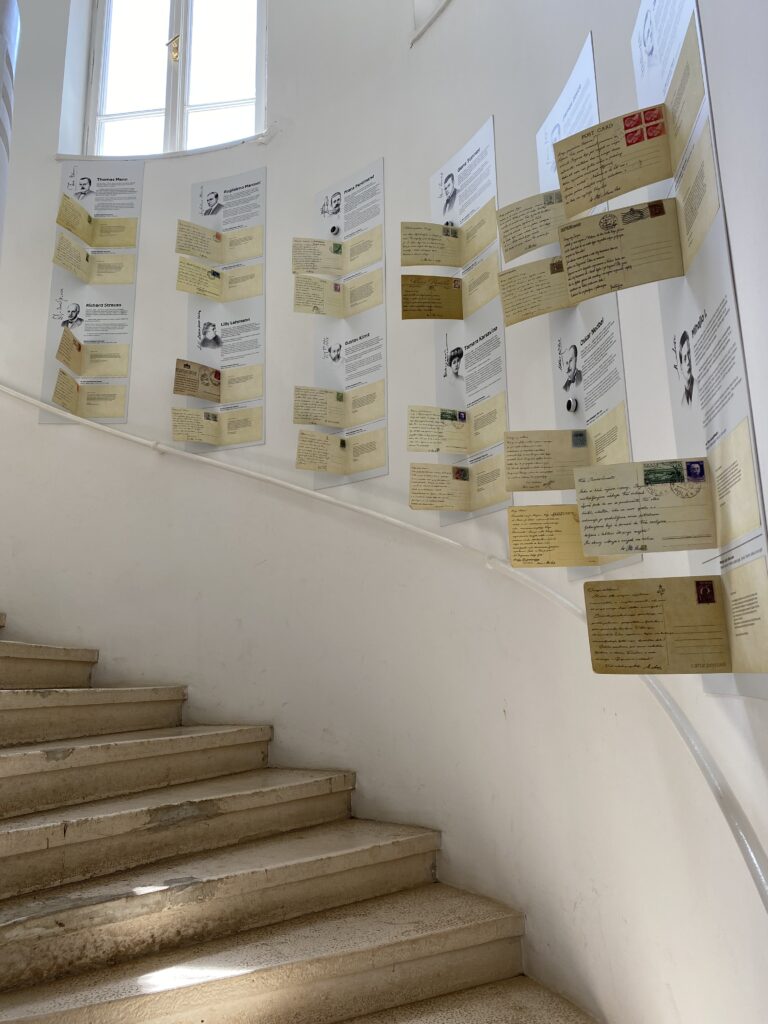
Today it is open as an interactive museum divided into six thematic units, such as the Brijuni time machine, the archipelago, the terrestrial world, the undersea, danger and awareness, where visitors can independently learn and find out a handful of information about the cultural, historical and natural heritage of the islands and raise awareness of environmental care on multimedia and contemporary way.
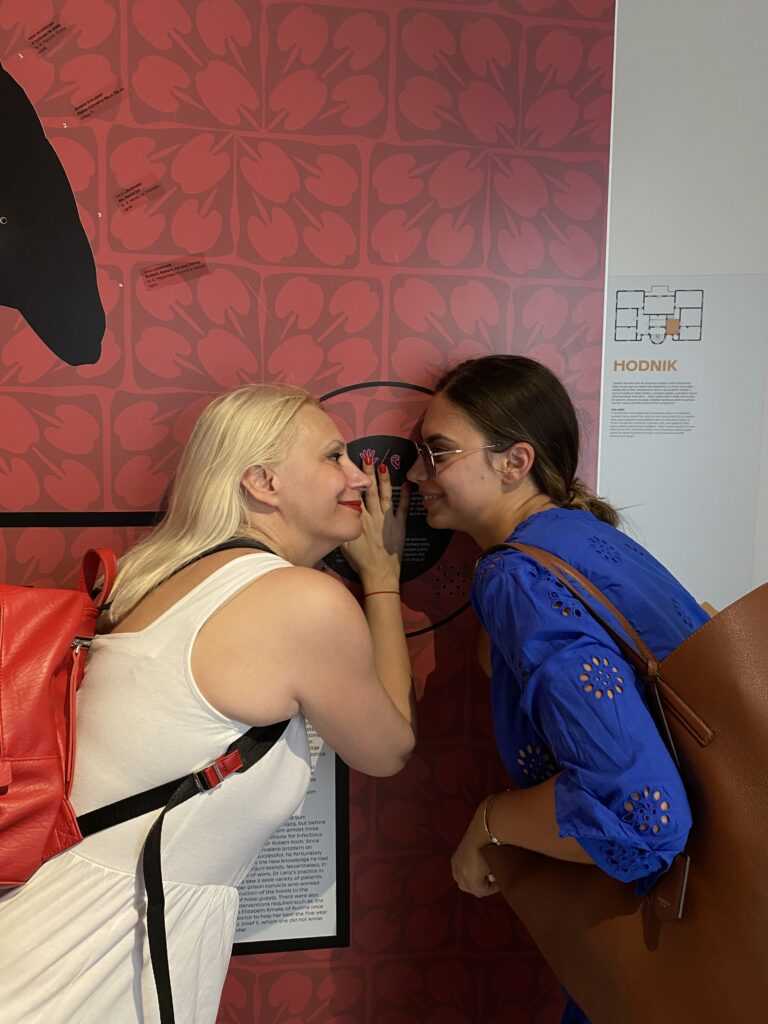
More than two hundred footprints of dinosaurs from the Cretaceous period, when the islands were their favorite promenade, were discovered in four locations on Veliki Brijun, and they are located in four locations from which it is possible to read where they moved, what they ate, how they lived, whether they were quadrupedal or bipedal, relied on the whole foot or just the toes, whether they ran or walked lightly in search of food, and whether they were alone or in a herd.
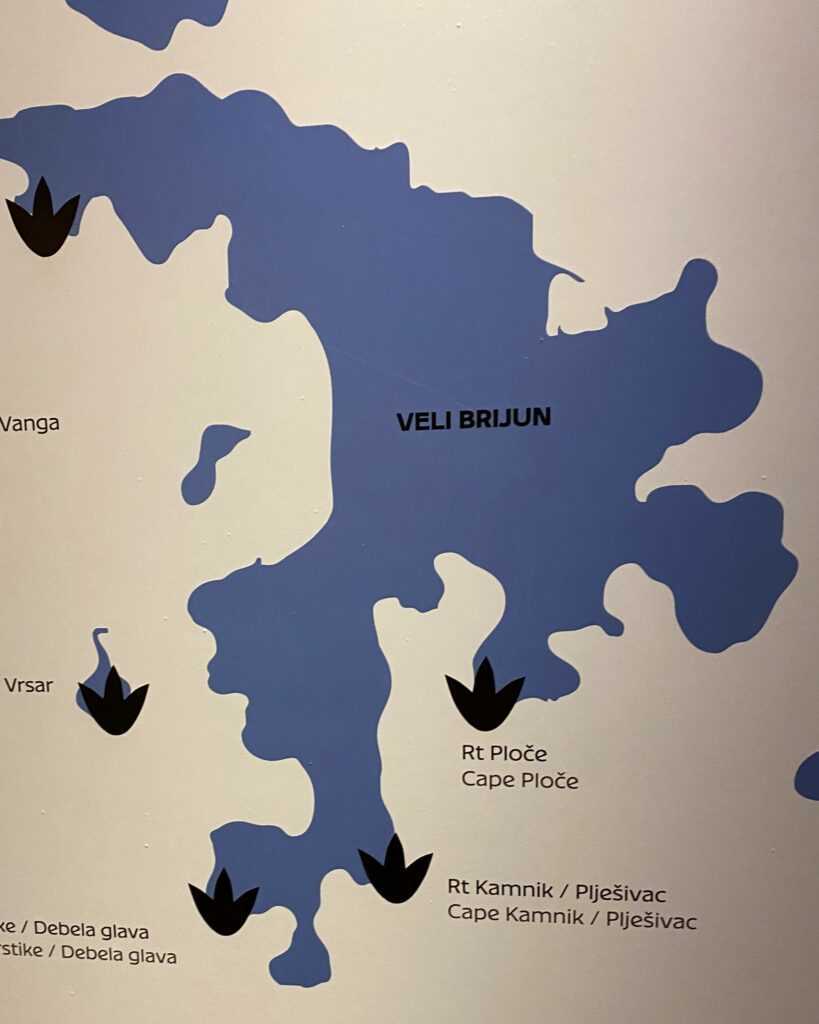
There are also several archaeological sites, and the church of St. Mary’s, which was built by the Knights Templar.
The beautiful olive tree has stood proudly since the 4th century and is the oldest tree on the island, worthy of all admiration and a message to every individual to plant a tree at least once in their life as a sign of peace.
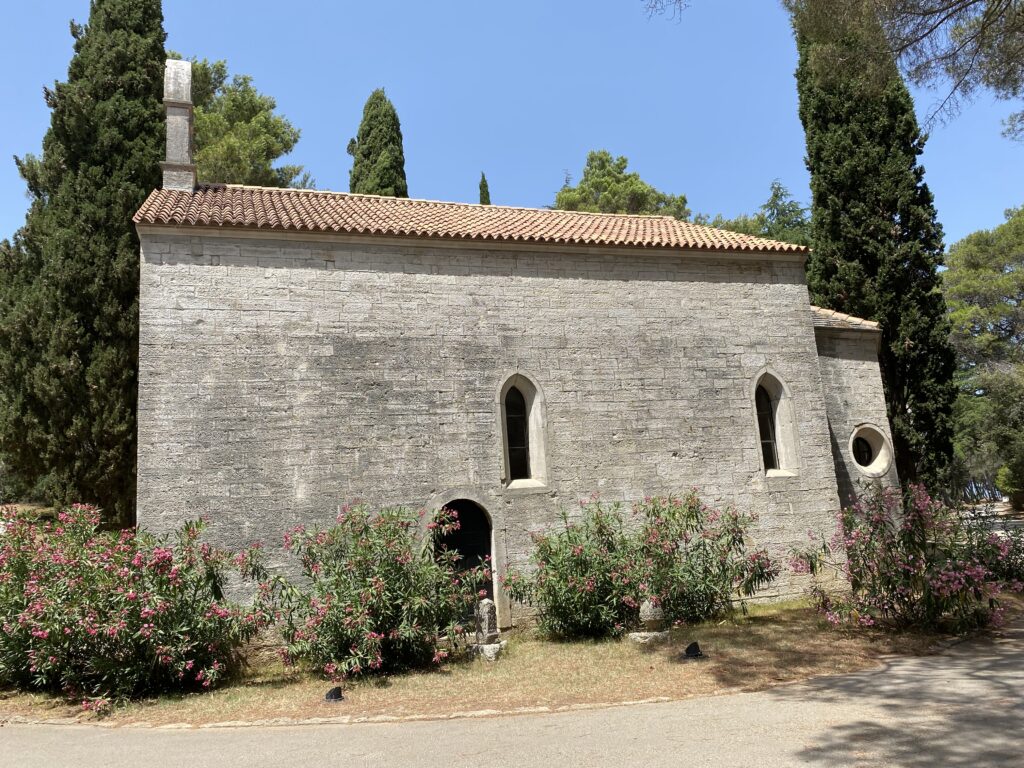
The Gothic church of St. Germana from the 15th century was built on the foundations of an older Romanesque church, dedicated to a Pula saint from the 3rd century, has one nave and is located next to the main port of Brijuni. Inside, there is an exhibition of medieval frescoes and Glagolitic inscriptions from Istria and Kvarner, tombstones and a replica of the Baška plaque.

Today, Brijuni is a favorite place for magnificent theater events thanks to the famous actor and director Rade Šerbedžija, who together with the playwright Borislav Vujčić founded the Ulysses Theater in 2001. The first play was Shakespeare’s King Lear and it is repeated every subsequent season as a trademark of this theater.
INTERESTING FACTS
James Joyce, the famous Irish writer and founder of the modern novel, celebrated his 23rd birthday on Veliki Brijun on February 2, 1905 with his wife Nora and friends. saying that the island reminds him of his native Ireland.
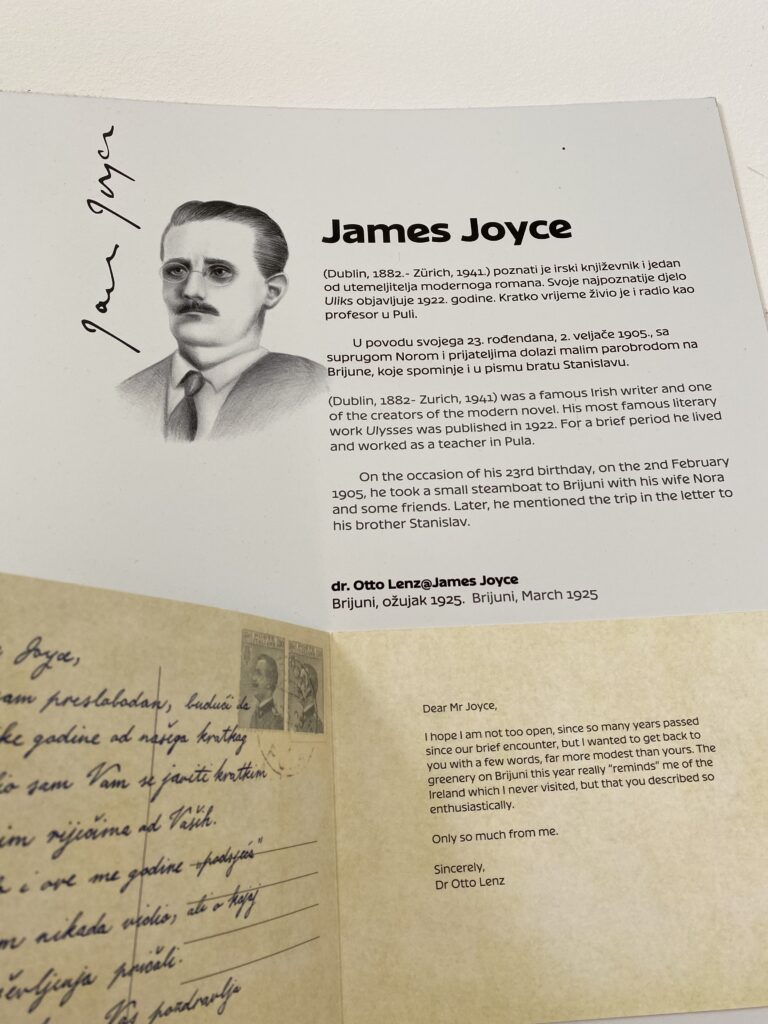
Franz Ferdinand, the Austrian archduke and nephew of Emperor Francis Joseph, regularly came to Brijuni in the spring months with his family and stayed on the island for a long time from 1909 to 1914, when he was assassinated during an official visit to Sarajevo, which was the cause of the First World War.
Dr. Otto Lenz was born in 1872 in Vienna, where he completed his medical studies and specialized in psychiatry, and he came to Brijuni for the first time in 1901 accompanied by a patient suffering from typhus. The island left a strong impression on him when he and his wife Maria, who stopped her music studies to become his companion on the island, moved to Brijuni. The beauty of the island, the love for nature and the rich social life seemed irresistible. His versatility is evident in the fact that, in addition to his medical duties, he painted and wrote for the island’s newspaper. After the suicide of Karl Kupelwieser, he was also engaged as a hotel manager. Similarly, his wife Maria, who consciously renounced her musical career, did not completely say goodbye to music and often had the opportunity to sing and discuss music in selected company.
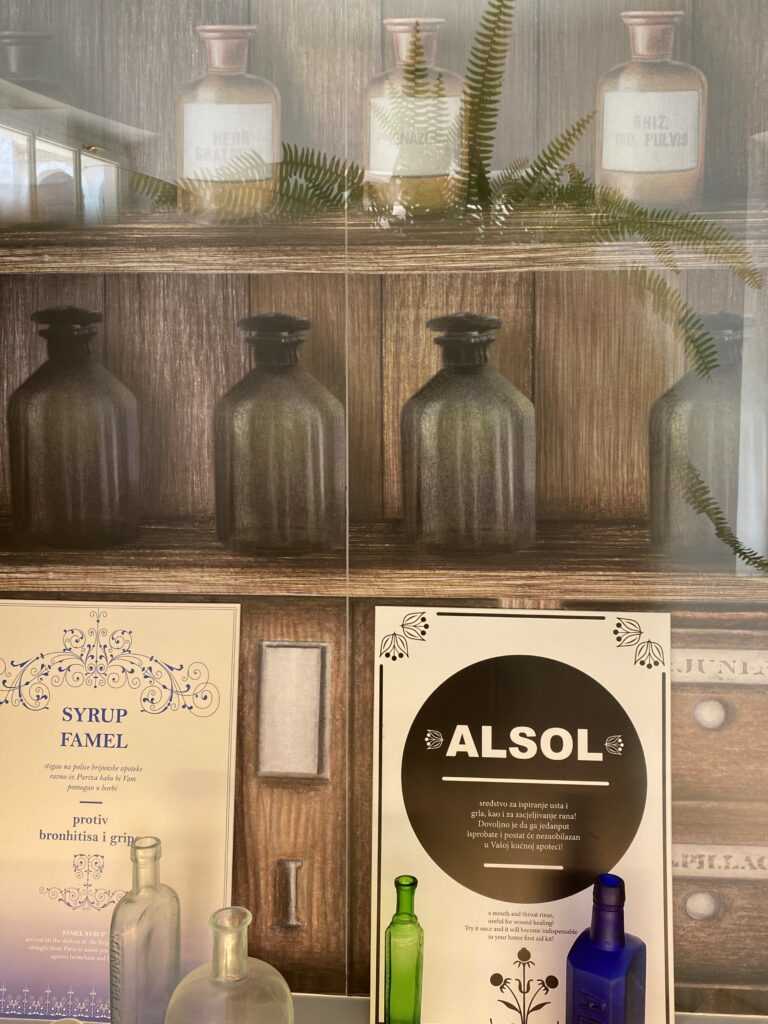
Dr. Lenz’s First Pharmacy was opened in 1903 together with a doctor’s office when they became a well-known health resort. After the First World War, they are no longer a health resort, but become an island of youth, fun and sports, but Dr. Lenz does not give up, and due to the lack of patients, in 1926 he writes the guide “Walks in Brijuni”, which was extremely successful and completely sold out.
Maria Lenz described Brijuni as her beloved home and a witness of time from the humble beginnings, brilliant ups and downs of the elite Brijuni resort. “They were born, they grew up before our eyes, they celebrated, lived and died a violent death. Should we perhaps fall asleep again to wake up once more.”
At the beginning of 1930, visitors from all over the world came to Brijuni, so the list included guests from Paris, London, Warsaw, Amsterdam, Shanghai, Rio de Janeiro, New York and many others, making it a real international gathering place.
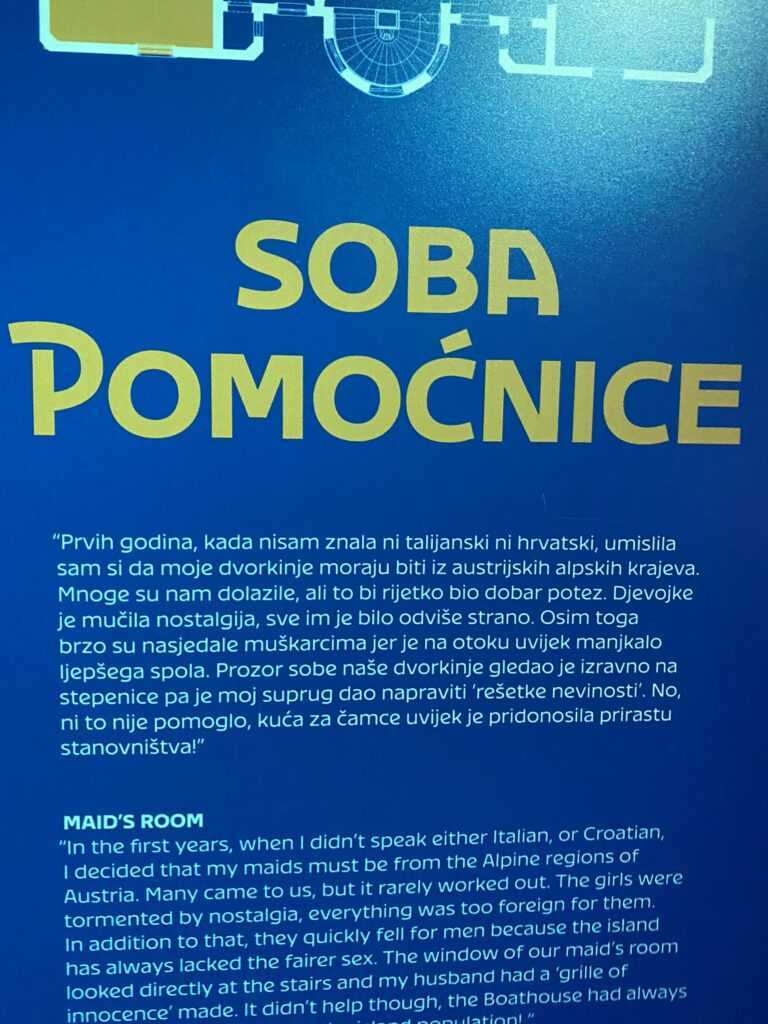
HOW TO GET TO BRIJUNI?
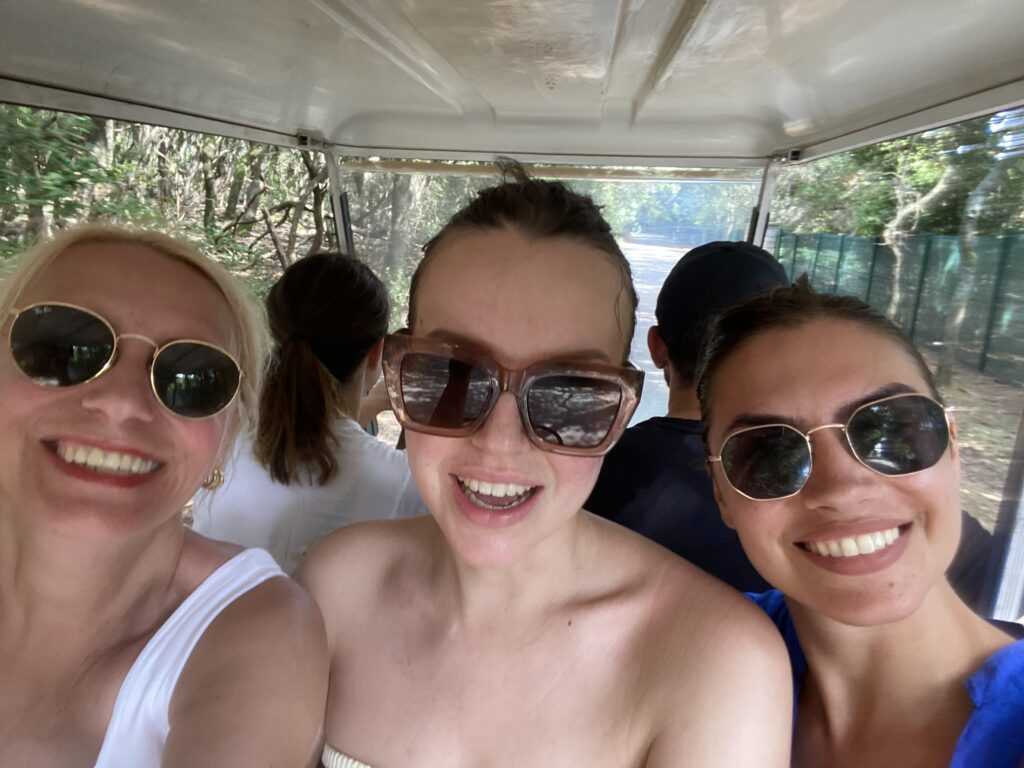
Veliki Brijuni can be reached in your own arrangement, which refers to the purchase of an individual ticket that includes transportation by boat from Fažana and the use of the Brijuni Pocket Guide application on a mobile phone for professional guidance in which you choose the locations you want to visit and see while staying on the island, creating your own tour. You can go on foot and cover tens or more kilometers in beautiful nature, and if you get tired, you can always rent an electric car or bicycle to complete the tour of numerous locations.
Another way is a guided excursion that includes a boat ride from Fažana to Veliki Brijun, an expert guide in many world languages, a four-hour train ride around the island, a visit to the permanent museum exhibitions, the Safari Park, a tour of the Mediterranean garden, old olive trees and other localities.

This ticket with a guide can only be bought in Fažana, and if you bought a ticket for an independent excursion and then change your mind and want to go around the island by train, it will not be possible because the number of seats on the train is limited and only those with a ticket and a guide can ride it.
Tickets purchased for a specific date cannot be used for the next date, nor can refunds be made for tickets already purchased. A group discount is available for a group of at least 25 people.
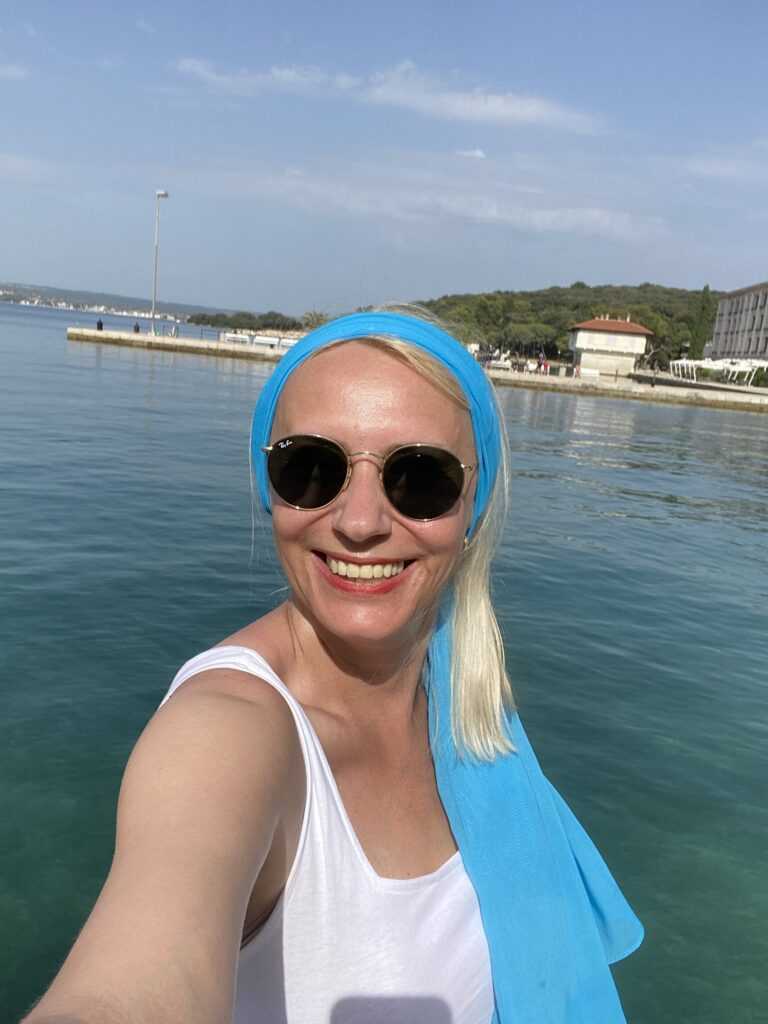
FOR THE END
The beautiful Brijuni leaves no one indifferent, bringing peace and tranquility to the soul along with complete union with mother nature, its indisputable beauty instills in the human soul a memory that is remembered for a lifetime.
We wish you many travels, add “heaven on earth” Brijune to your Bucketlist
Thank you
I sretan put
